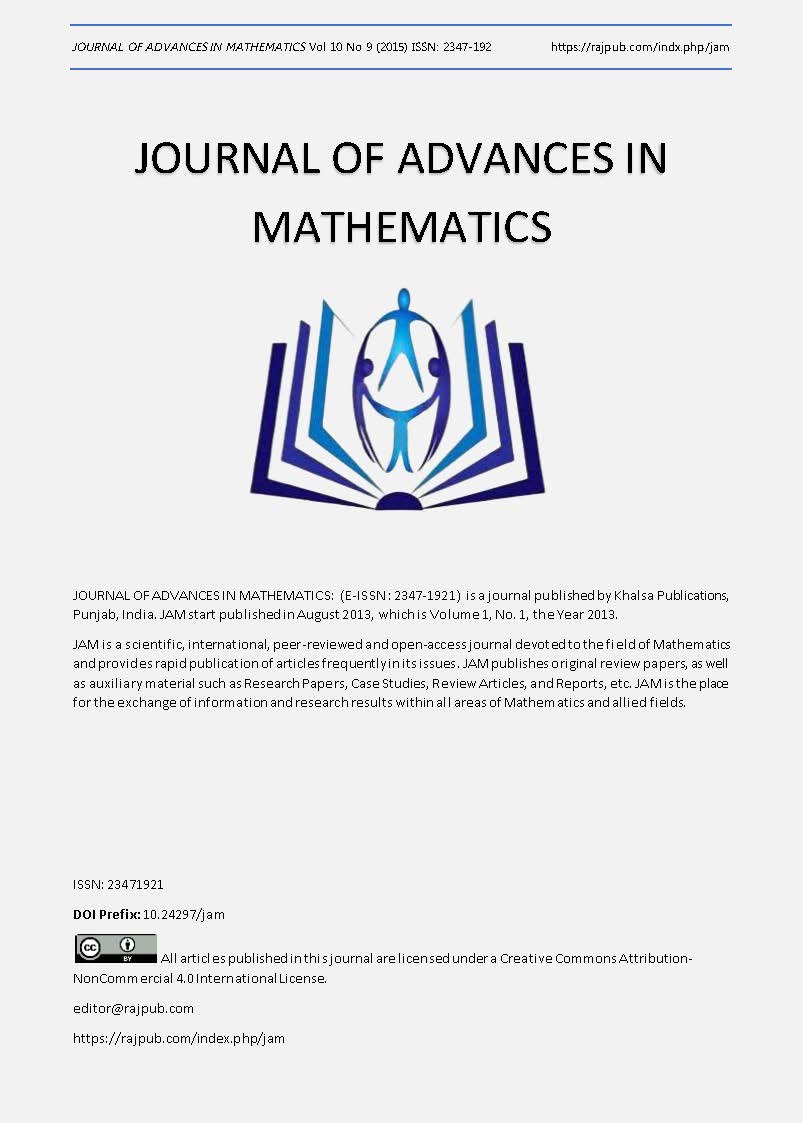A paradigm shift in mathematical physics, Part 1: The Theory of Elementary Waves (TEW)
DOI:
https://doi.org/10.24297/jam.v10i9.1908Keywords:
Theory of Elementary Waves, TEW, Lewis E Little, Feynman diagrams, local realism, nonlocality, Bell test experiments, complementarity, wavefunction collapse, Dirac notationAbstract
Why is quantum mathematics (QM) the only science based on probability amplitudes rather than probabilities? A paradigm shift called the Theory of Elementary Waves (TEW) posits zero energy waves traveling in the opposite direction as particles, which a particle follows backwards: like a probabilistic guidance system emanating from detectors. Probability amplitudes are the mathematical analog of these elementary rays. Although this proposal might sound like gibberish, that is the hallmark of a paradigm shift. Thomas Kuhn warns that previous paradigm shifts were rejected because they sounded like gibberish. TEW is internally coherent, explains a mountain of empirical data, and resolves insoluble problems of QM. For example, it dispenses with the need for wavefunction collapse because probability decisions are made at the particle source, not the detector. It is the only local realistic theory consistent with the Bell test experiments. That which QM calls “nonlocality,†TEW calls “elementary rays.†One term is vague, the other involves elegant mathematics. This article introduces that mathematical notation, explains complementarity in double slit experiments, and reinterprets Feynman diagrams. QM and TEW are partners that need each other. One is a science of observables; the other a science of how nature works independent of the observer.
Downloads
Downloads
Published
How to Cite
Issue
Section
License
 All articles published in Journal of Advances in Linguistics are licensed under a Creative Commons Attribution 4.0 International License.
All articles published in Journal of Advances in Linguistics are licensed under a Creative Commons Attribution 4.0 International License.








